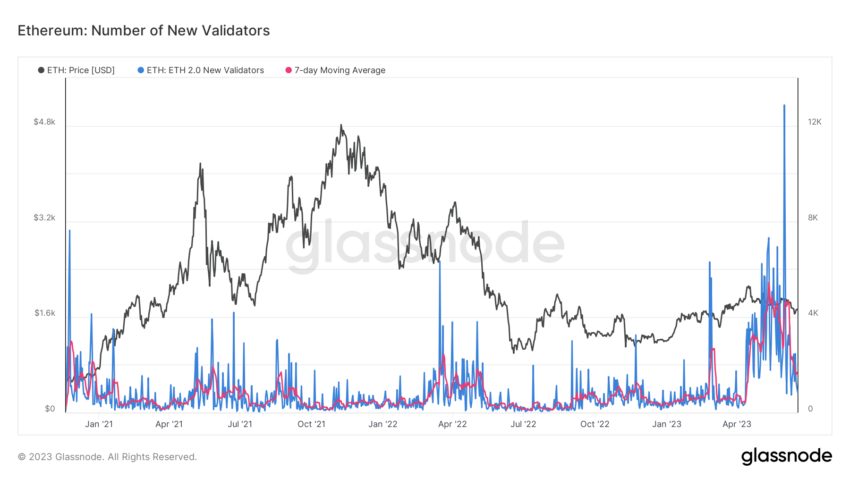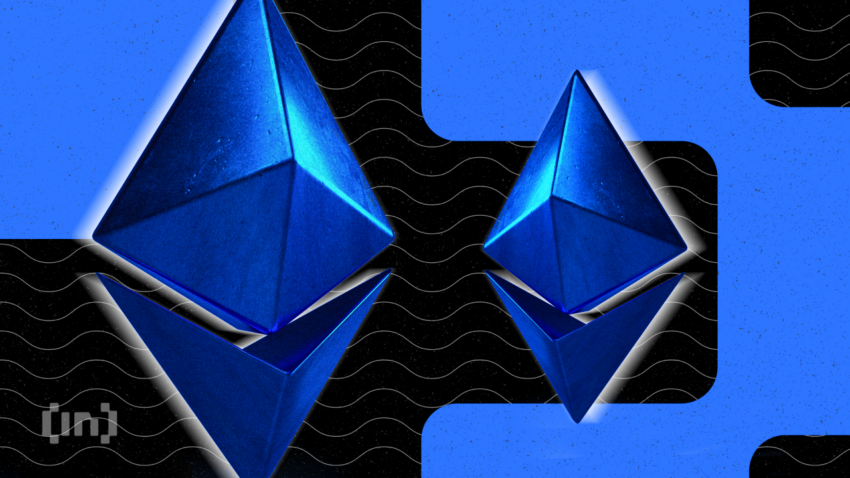Ethereum is undergoing substantial modifications to improve its scalability and efficiency. A series of crucial discussions during the most recent Ethereum core developers’ meeting reveal what’s ahead of the second-largest cryptocurrency by market capitalization.
The All Core Developers Consensus (ACDC) call — the 111th of its kind — focused primarily on the Deneb upgrade. Additionally, it included a proposal to increase the maximum effective validator balance from the existing 32 ETH to a staggering 2,048 ETH.
Ethereum Devs Discuss the Network’s Future
The ACDC calls, presided over by Ethereum Foundation Researcher Danny Ryan, have been the epicenter for discussions and coordination of Ethereum’s consensus layer (CL) changes.
During the recent call, Ethereum Foundation Researcher Alex Stokes chaired the meeting.
The primary agenda revolved around the scope of the upcoming Deneb upgrade. Other topics were discussed such as the potential changes to validator attestation and aggregation deadlines, and the validator balance limit increase proposal.
The Ethereum developers’ community is in the final stages of determining the full scope of Deneb, which is set to take place simultaneously with the Cancun upgrade. The upgrade has developers deliberating on a range of Ethereum Improvement Proposals (EIPs).
These include as EIP 6988 and EIP 7045, aimed at enhancing network security and improving the staking user experience.
Increasing Staking Limit of Validators by 64x
The boldest proposition is the proposed increase in the validator balance cap from 32 ETH to 2,048 ETH.
Ethereum Foundation Researcher Michael Neuder proposed this mechanism to reduce the growth of the active validator set. The suggested limit could potentially ease the implementation of future roadmap upgrades. These include single slot finality, and reduce the peer-to-peer layer’s unnecessary bloat due to high volumes of messages.
Read more: 9 Best Places To Stake Ethereum in 2023

The increase could also encourage solo staking by allowing independent validators to auto-compound their staking earnings, improving their yield. It could decrease infrastructure complexity for large staking service providers. It essentially eliminates the need to set up new validators to compound returns continuously.
“We see a validator set contraction as a must-have for a sustainable and upgradable Ethereum consensus layer,” said Neuder.
However, the developer community met this revolutionary proposal with mixed reactions. Some saw the substantial increase as a move towards centralization due to the reduction in validator numbers. Others contested the proposal, stating it would not significantly benefit the network.
Creating the World’s Computer
Parallel to these enhancements, the ACDC delved into discussions about validator attestation and aggregation deadlines.
The possibility of increasing the maximum blob count per block from four to six was raised. This could improve MEV relay stability, reduce reorganizations, and better handle the computational load of validators. However, further investigation and analysis are required to finalize these changes.
Against the backdrop of these meetings, Ethereum devs also coordinated the launch of the Holesky test network. This is a network envisioned to replace the existing Goerli testnet by the year’s end. Ethereum devs aim to finalize the testnet’s configuration by August and launch it by mid-September.
As the Ethereum network continues to evolve and adapt, the developer community’s dynamic conversations and decisions are critical. They pave the way for an efficient, scalable, and high-performance the Proof-of-Stake (PoS) blockchain.
Despite the concerns and debates, the overall trajectory of these changes is aimed at bettering the Ethereum network. The goal is to make it a robust platform for decentralized finance and smart contracts.
Disclaimer
In adherence to the Trust Project guidelines, BeInCrypto is committed to unbiased, transparent reporting. This news article aims to provide accurate, timely information. However, readers are advised to verify facts independently and consult with a professional before making any decisions based on this content. Please note that our Terms and Conditions, Privacy Policy, and Disclaimers have been updated.


